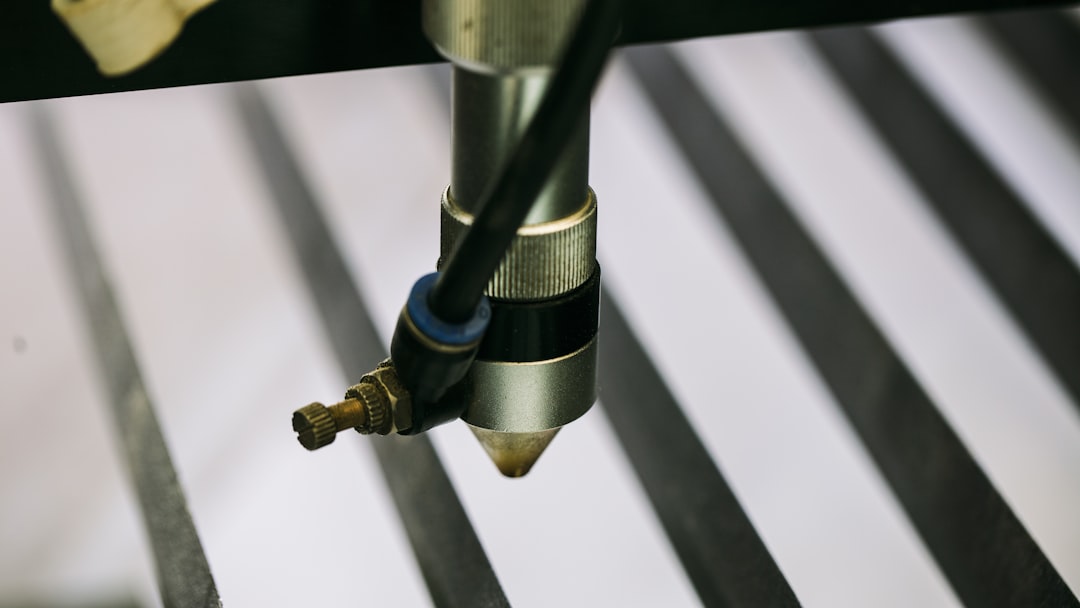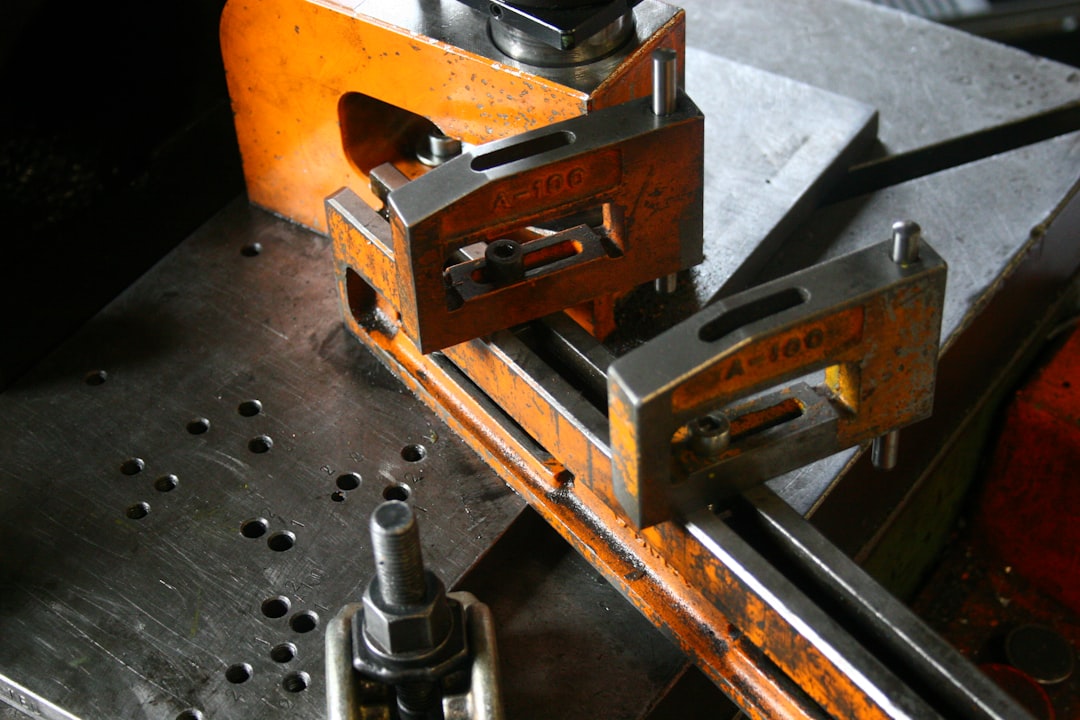A Practical Guide to CNC Machining Tolerances: Balancing Precision, Cost, and Functionality in Manufacturing
- Share
- Issue Time
- Nov 18,2025
Summary
This comprehensive guide explores the critical world of CNC machining tolerances. Learn what they are, why they matter, and how international standards like ISO 2768 define them. We'll cover the key factors that influence precision, the direct impact of tolerances on cost, and provide expert best practices for specifying them in your designs. Master the balance between precision and cost-effectiveness for superior product outcomes.

In the world of precision manufacturing, the success or failure of a component often comes down to fractions of a millimeter. Computer Numerical Control (CNC) machining is capable of producing parts with incredible accuracy, but no manufacturing process is perfect. In practice, there will always be minute variations between a design's nominal dimensions and the final physical part. This acceptable range of deviation is known as tolerance.
Understanding and correctly applying CNC machining tolerances is not just a technical requirement; it's a fundamental aspect of engineering that directly impacts a part's fit, function, performance, and, most critically, its cost. This guide provides an in-depth look at standard machining tolerances to help you optimize your designs for both performance and manufacturability.

What Exactly Are CNC Machining Tolerances?
In simple terms, a machining tolerance is the permissible limit of variation in a physical dimension. It defines the acceptable range between the maximum and minimum limits of a specific measurement for a part to still be considered functional and correct. For example, if a drawing specifies a shaft diameter as 20mm with a tolerance of ±0.05mm, any finished part with a diameter between 19.95mm and 20.05mm is acceptable. This small window is the tolerance band. Because achieving perfect dimensions is practically impossible, tolerances provide a controlled margin of error.
Why Are Tolerances So Important in CNC Machining?
Tolerances are the language of precision. They ensure that components, especially those that are part of a larger assembly, will fit together and function as intended.
- Interchangeability: Standardized tolerances allow for the mass production of interchangeable parts. A bolt manufactured in one facility will fit a nut made in another, thanks to shared tolerance standards.
- Functionality: The performance of many mechanical and electronic assemblies depends on precise spacing and fit. Tolerances for features like bearing seats, threaded holes, and sealing surfaces are critical to prevent leaks, vibrations, or premature failure.
- Cost Control: While essential, tolerances are also a primary driver of cost. Understanding this relationship is key to economical design.
Understanding the ISO 2768 Standard
To simplify technical drawings and create a universal baseline, the International Organization for Standardization (ISO) established the ISO 2768 standard. This standard specifies general tolerances for linear, angular, and geometric dimensions that apply when no specific tolerance is noted on the drawing. This streamlines the design process and ensures a shared understanding between designers and manufacturers worldwide.
ISO 2768 is divided into two parts:
- ISO 2768-1: Covers general tolerances for linear and angular dimensions, categorized into four classes: 'f' (fine), 'm' (medium), 'c' (coarse), and 'v' (very coarse).
- ISO 2768-2: Defines geometric tolerances (like flatness, straightness, and perpendicularity) in three classes: 'H' (high precision), 'K' (medium precision), and 'L' (low precision).
A drawing might specify a general tolerance of ISO 2768-mK, indicating it should adhere to the 'medium' class for linear dimensions and the 'K' class for geometric features.
Table of Standard Tolerances (ISO 2768-m)
Many CNC machining services, as a default, work to the 'medium' (m) class of ISO 2768-1. Below is a simplified table representing typical permissible deviations for this class.
| Basic Dimension Range (mm) | Permissible Deviations (± mm) |
|---|---|
| 0.5 up to 3 | ±0.1 |
| > 3 up to 6 | ±0.1 |
| > 6 up to 30 | ±0.2 |
| > 30 up to 120 | ±0.3 |
| > 120 up to 400 | ±0.5 |
| > 400 up to 1000 | ±0.8 |
| > 1000 up to 2000 | ±1.2 |
This table is for illustrative purposes. Always refer to the official ISO 2768 standard for complete specifications.
The Critical Relationship Between Tolerances and Cost
The most important rule for any designer to understand is that tighter tolerances exponentially increase manufacturing costs. A common mistake is to specify the tightest tolerances across all features, believing it will result in a better product. However, this often adds significant cost without providing any functional benefit.
Here’s why tighter tolerances are more expensive:
- Longer Machining Times: Achieving higher precision requires slower cutting speeds, finer cuts, and more passes.
- Specialized Equipment: Ultra-tight tolerances may necessitate high-end, precision-calibrated machines or secondary processes like grinding.
- Increased Inspection: More time and specialized metrology tools are needed to verify that parts are within the narrow tolerance band.
- Higher Scrap Rates: When the margin for error is smaller, the probability of producing a part that falls outside the acceptable range increases, leading to more waste.
As a rule of thumb, moving from a standard tolerance of ±0.13mm (±0.005") to a tight tolerance of ±0.025mm (±0.001") can increase the part cost by 3 to 4 times or more.

Key Factors Influencing Achievable Tolerances
Several factors interact to determine the level of precision possible in a CNC machining operation:
- Machine Capability & Maintenance: The inherent accuracy, rigidity, and thermal stability of the CNC machine are foundational. Regular calibration and maintenance are essential to minimize errors from factors like spindle runout or axis backlash.
- Material Selection: The properties of the workpiece material—such as its hardness, thermal stability, and machinability—greatly impact tolerance. Soft plastics will have looser standard tolerances compared to stable metals like steel.
- Tooling and Cutting Parameters: The quality, sharpness, and type of cutting tool are critical. Tool wear during a production run can lead to dimensional inaccuracies if not managed properly.
- Workholding (Fixturing): The workpiece must be held securely and consistently. Poor fixturing can lead to vibrations or movement during machining, introducing errors.
- Environmental Conditions: Factors like ambient temperature and humidity can cause materials and machines to expand or contract, affecting final dimensions, especially over long production runs.

Tolerances for Different Machining Processes
Different CNC processes have different inherent levels of accuracy. While a standard tolerance for many processes is around ±0.13 mm (±0.005"), some can achieve much more.
- CNC Milling: Standard tolerances for 3-axis and 5-axis milling are typically around ±0.13 mm, but can be much tighter with specialized setups.
- CNC Turning: Turning operations on a lathe can often hold tighter tolerances than milling, sometimes as low as ±0.05 mm or better.
- Grinding & EDM: When tolerances below ±0.025 mm are required, secondary processes like precision grinding or Electrical Discharge Machining (EDM) are often necessary, which adds to the cost and lead time.
Differentiating Tolerance Types
When specifying tolerances, it's helpful to understand the different ways they can be expressed:
- Bilateral Tolerance: Variation is permitted in both positive and negative directions from the nominal size (e.g., 50 mm ±0.1 mm).
- Unilateral Tolerance: Variation is only allowed in one direction (e.g., 50 mm +0.1/-0.0 mm). This is often used for hole and shaft fits where clearance is critical.
- Limit Tolerance: Expressed as a range with an upper and lower limit (e.g., 49.9 mm - 50.1 mm), rather than a deviation from a nominal value.
- Geometric Dimensioning and Tolerancing (GD&T): A more advanced and comprehensive system that defines tolerances for form, profile, orientation, location, and runout, not just size. GD&T provides much clearer functional control for complex parts.
Best Practices for Specifying Tolerances
To create functional, cost-effective parts, follow these expert guidelines:
- Default to Standard Tolerances: Unless absolutely necessary, rely on the manufacturer's standard tolerances (e.g., ISO 2768-m). They are the most economical.
- Apply Tight Tolerances Sparingly: Reserve tight tolerances exclusively for critical features that directly impact the part's assembly or function—such as mating surfaces, threads, or bearing bores.
- Analyze the Entire Assembly: Consider how component tolerances stack up. Sometimes, a single component's tolerance can be relaxed by slightly adjusting the design of its mating part.
- Communicate with Your Manufacturer: Discuss your design and critical features with your machining partner. They can provide valuable feedback on what is achievable and suggest cost-saving alternatives.
Balancing Precision and Practicality
Mastering CNC machining tolerances is a balancing act between the ideal precision of a design and the practical realities of manufacturing. Every dimension on a drawing comes with a cost, and that cost rises exponentially with every decimal place of precision added.
By understanding the underlying principles, applying standards like ISO 2768, and focusing on function over unnecessary perfection, engineers and designers can develop high-quality products that are both reliable and economical to produce. The smartest design isn't always the one with the tightest tolerances, but the one with the right tolerances.